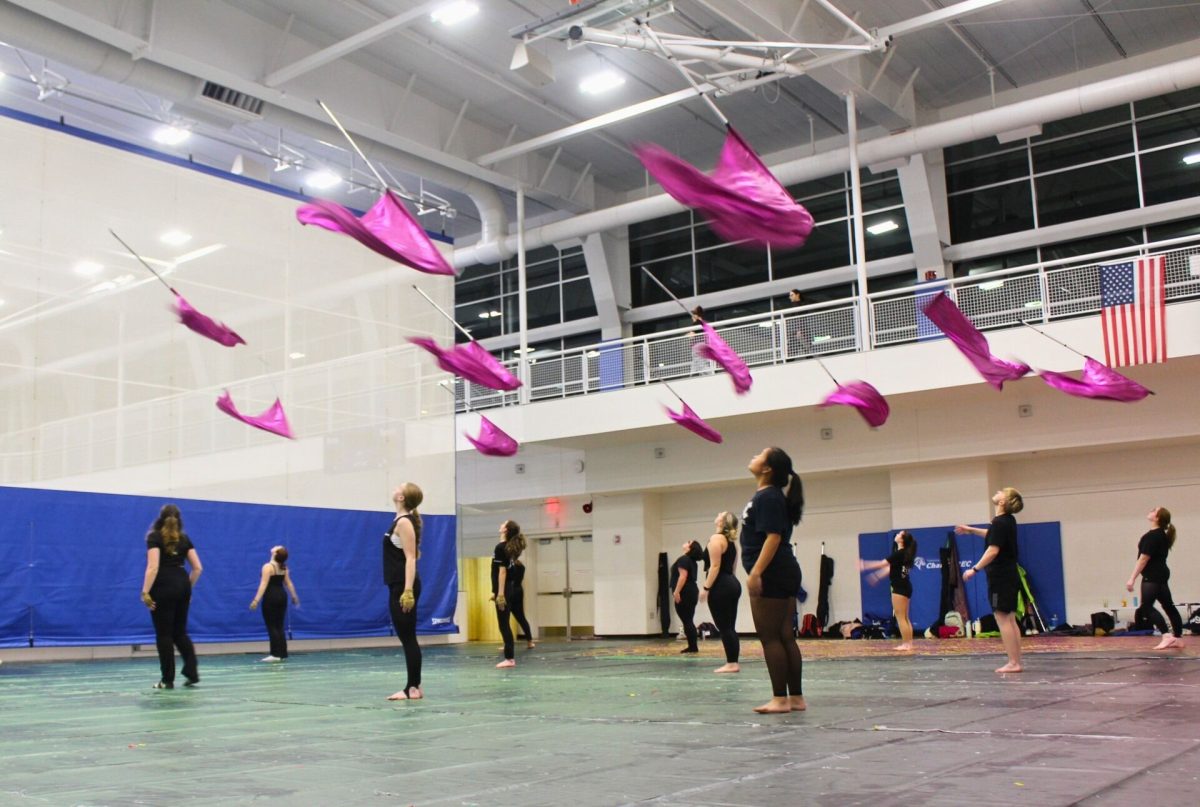If someone asked you to name all Seven Wonders of the Ancient World, would you be able to? Do you know which ones or how many of them are still in existence today? The Seven Wonders of the World are amazing works of art and architecture that show just exactly what human beings are capable of. Debates have occurred for years over which achievements should have been included in this select group. We will go over each of the Seven Wonders of the Ancient World, and you can decide for yourself if these seven are really truly worthy of the title they were given.
The first of the seven is the Great Pyramid of Giza located in Egypt. The Great Pyramids are located at Giza on the west bank of the Nile River north of Cairo. They are in fact the only wonder of the ancient world that is still in existence. The three pyramids were built between 2700 B.C. and 2500 B.C. as royal tombs. The largest is Khufu, which was the tallest building in the world for a long time. It wasn’t until the nineteenth century, when a taller structure was built. The nearly symmetrical pyramids were built without the aid of modern tools or equipment. The Egyptians used log rollers and sledges to move the stones into place. The sloped walls were originally built as steps and then filled in with limestone.
The second wonder is the Hanging Gardens of Babylon, said to have been built near the Euphrates River in modern-day Iraq. The gardens were said to have been planted as high as 75 feet in the air on a huge square brick terrace that was laid out in steps like a theater. Writers have described how people could walk underneath the beautiful gardens, which rested on tall stone columns. Modern scientists have deduced that for the gardens to survive they would have had to be irrigated using a system consisting of a pump, waterwheel, and cisterns to carry water from the Euphrates many feet into the air. Though there are multiple accounts of the gardens in both Greek and Roman literature, none of them are firsthand. As a result, most modern scholars believe that the existence of the gardens was part of a fictional tale.
The Statue of Zeus at Olympia was crafted by the Athenian sculptor Phidias and completed and placed in the temple of Zeus at Olympia, site of the ancient Olympics, around the mid-fifth century B.C. The statue depicted the god of thunder seated on a wooden throne. The statue was decorated with gold and ivory. At 40 feet, it was so tall that its head nearly touched the top of the temple. According to legend, the sculptor asked Zeus for a sign of his approval after the statue was finished, and soon after, the temple was struck by lightning. The Zeus statue graced the temple at Olympia for more than eight centuries before Christian priests persuaded the Roman emperor to close the temple in the fourth century A.D. After, the statue was moved to a temple in Constantinople, where it is believed to have been destroyed in a fire in the year 462.
The next stop on the Seven Wonders of the World tour is the Temple of Artemis at Ephesus, two marble temples built around 550 B.C. and 350 B.C. The former was designed by the Cretan architect Chersiphron and his son Metagenes and decorated by some of the most celebrated artists of the ancient world. The building burned on July 21, 356 B.C., according to legend the same night that Alexander the Great was born. About six years later, the building of a new temple to replace it was built. The new building was surrounded by marble steps that led to a more than 400-foot-long terrace. Inside, there stood 127 marble columns and a statue of Artemis. The temple was largely destroyed in A.D. 262, and it was not until the 1860s that archeologists dug up the first of the ruins of the temple’s columns at the bottom of the Cayster River.
Stay tuned for the next issue of The Charger Bulletin, in which we’ll cover the remaining three wonders.



